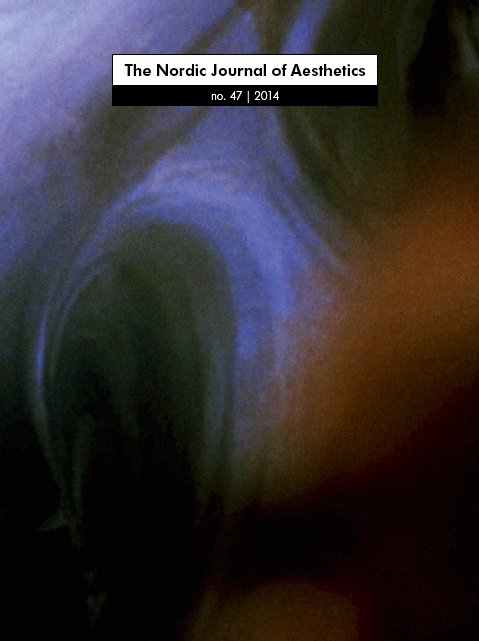Organology of Dreams and Archi-Cinema (
DOI:
https://doi.org/10.7146/nja.v24i47.23053Abstract
Stiegler argued in Cinematic Time and the Question of Malaise (the third volume of Technics and Time) that we must refer to archi-cinema just as Derrida spoke of archi-writing. In this article he proposes that in principle the dream is the primordial form of this archi-cinema. The archi-cinema of consciousness, of which dreams would be the matrix as archi-cinema of the unconscious, is the projection resulting from the play between what Husserl called, on the one hand, primary and secondary retentions, and what Stiegler, on the other hand, calls tertiary retentions, which are the hypomnesic traces (that is, the mnemo-technical traces) of conscious and unconscious life. There is archi-cinema to the extent that for any noetic act – for example, in an act of perception – consciousness projects its object. This projection is a montage, of which tertiary (hypomnesic) retentions form the fabric, as well as constituting both the supports and the cutting room. This indicates that archi-cinema has a history, a history conditioned by the history of tertiary retentions. It also means that there is an organology of dreams.Downloads
Published
2016-01-26
How to Cite
Bernard, S. (2016). Organology of Dreams and Archi-Cinema (. The Nordic Journal of Aesthetics, 24(47). https://doi.org/10.7146/nja.v24i47.23053
Issue
Section
Articles
License
Authors who publish with this journal agree to the following terms:
- Authors retain copyright and grant the journal right of first publication with the work simultaneously licensed under a Creative Commons Attribution License that allows others to share the work with an acknowledgement of the work's authorship and initial publication in this journal.
- Authors are able to enter into separate, additional contractual arrangements for the non-exclusive distribution of the journal's published version of the work (e.g., post it to an institutional repository or publish it in a book), with an acknowledgement of its initial publication in this journal.
- Authors are permitted and encouraged to post their work online (e.g., in institutional repositories or on their website) prior to and during the submission process, as it can lead to productive exchanges, as well as earlier and greater citation of published work (See The Effect of Open Access).




